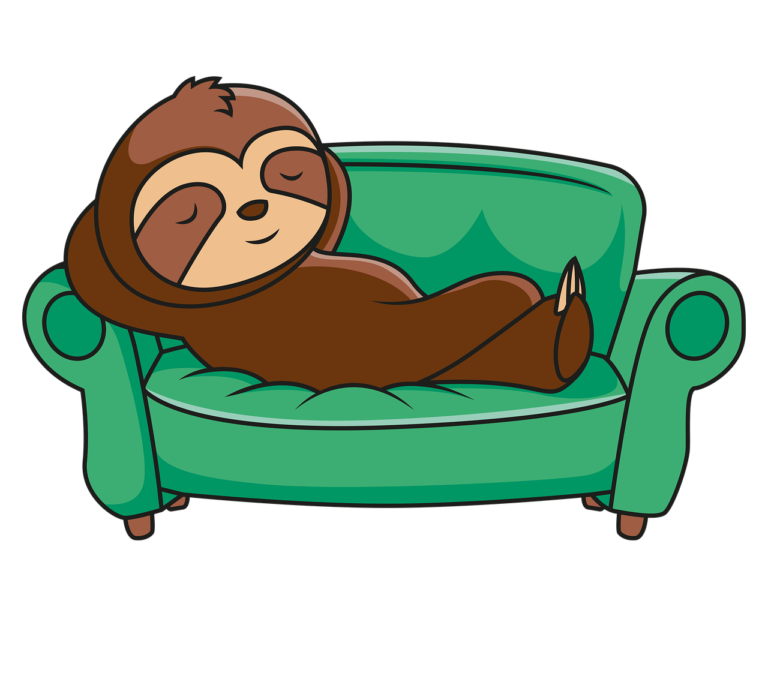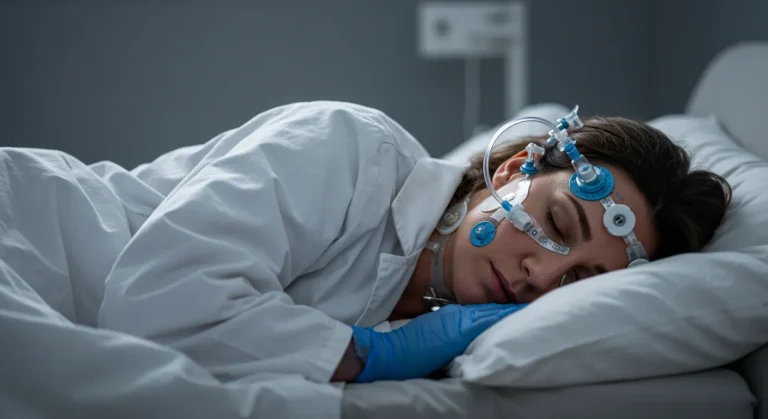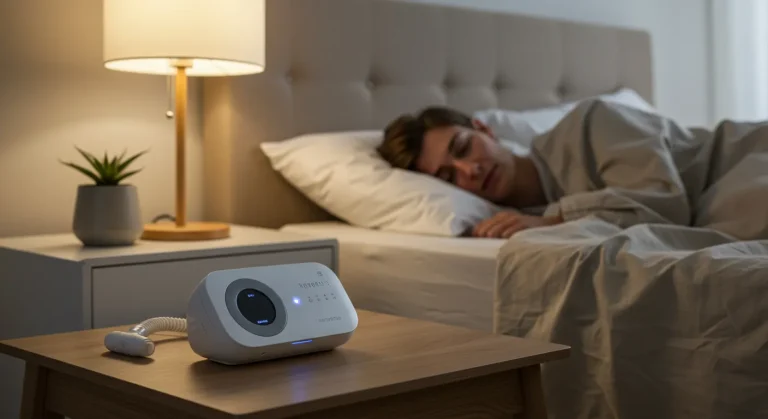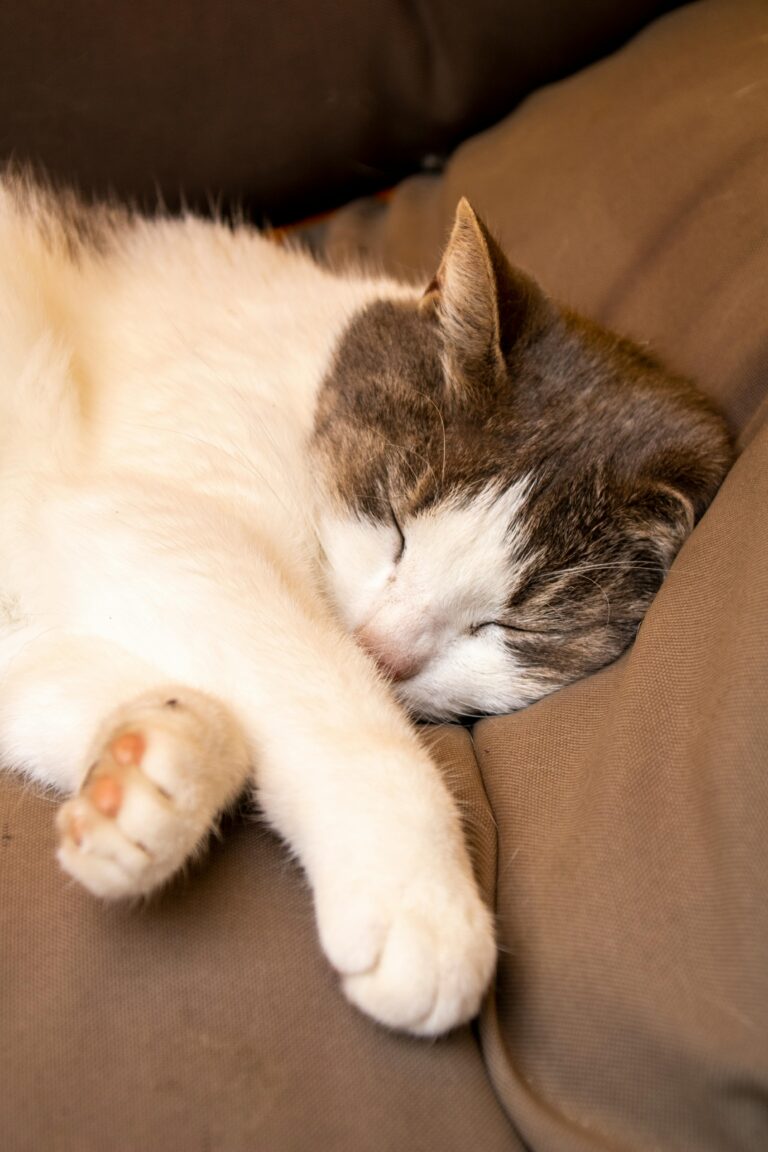Ultimate Guide to Improving Sleep with Cognitive Behavioral Therapy
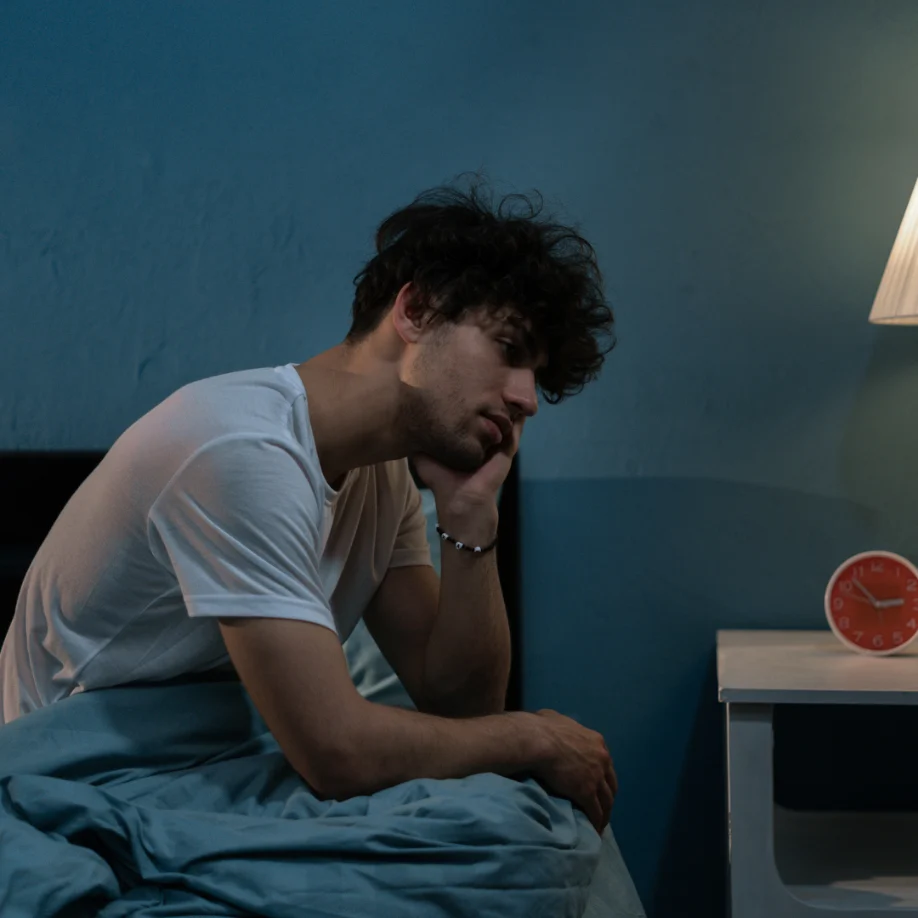
Quality sleep is essential for mental, emotional, and physical well-being. For those struggling with insomnia or other sleep-related issues, Cognitive Behavioral Therapy for Insomnia (CBT-I) offers a robust, science-backed solution. At Vector Sleep Diagnostic Center, we believe in providing effective, non-medication-based options for improving sleep. This comprehensive guide explains how CBT-I works, the specific techniques involved, and practical tips for incorporating these strategies into your daily routine to achieve better, more restful sleep.
What is Cognitive Behavioral Therapy for Insomnia (CBT-I)?
CBT-I is a structured, evidence-based therapy designed to treat insomnia and improve sleep quality by addressing the thoughts and behaviors that interfere with restful sleep. Unlike sleep medications, which may only provide temporary relief, CBT-I helps people develop lasting habits and strategies to manage insomnia long-term.
CBT-I typically involves working with a trained therapist, but many techniques can also be practiced independently, making them accessible and adaptable to individual needs.
How CBT-I Improves Sleep
CBT-I focuses on modifying the thoughts, beliefs, and behaviors that can worsen sleep problems. By gradually changing these patterns, individuals can reduce anxiety around sleep, create a healthier sleep routine, and experience more consistent, restorative sleep. Here’s how CBT-I helps improve sleep:
- Identifying and Changing Unhelpful Thoughts: CBT-I helps recognize and reframe negative thoughts about sleep (e.g., “I’ll never fall asleep”).
- Building a Consistent Sleep Routine: CBT-I teaches individuals to create a regular sleep schedule, reducing anxiety and improving overall sleep quality.
- Modifying Behaviors Around Sleep: Behavioral strategies, such as limiting time in bed and creating a sleep-friendly environment, help build better sleep habits.
Core Components of CBT-I
CBT-I comprises several vital techniques that address sleep’s cognitive (thought-related) and behavioral aspects. Here’s an in-depth look at each component:
1. Stimulus Control Therapy
Stimulus control focuses on strengthening the association between the bed and sleep. This technique includes several guidelines:
- Only go to bed when you’re sleepy to avoid lying awake and building anxiety.
- Use the bed only for sleep and intimacy—no work, eating, or watching TV.
- If you can’t fall asleep within 20 minutes, leave bed and engage in a calming activity until you feel sleepy.
- To establish a consistent wake time, wake up at the same time every day, even on weekends.
2. Sleep Restriction Therapy
Sleep restriction limits the time spent in bed to the time you typically sleep. Doing so increases the drive for sleep and gradually builds a consistent sleep schedule.
- Determine your average sleep duration by tracking sleep patterns for a week.
- Limit your time in bed to this average amount, then gradually increase it as sleep quality improves.
- Avoid naps as they can reduce sleep pressure and make it harder to fall asleep at night.
3. Cognitive Restructuring
Cognitive restructuring involves identifying and challenging negative thoughts or beliefs about sleep that may contribute to insomnia. For example:
- Challenge catastrophic thinking: Replace thoughts like “I’ll never be able to sleep” with more balanced thoughts, such as “I’ve slept before, and I’ll be able to sleep again.”
- Reframe expectations: Instead of striving for “perfect” sleep, aim for “good enough,” which will reduce pressure and anxiety about sleep.
4. Relaxation Techniques
CBT-I includes various relaxation techniques to help reduce anxiety and prepare the body for sleep:
- Deep Breathing Exercises: Focus on slow, deep breaths to calm the mind and relax the body.
- Progressive Muscle Relaxation: Tense and relax each muscle group, starting from the toes and working up to the head, releasing tension throughout the body.
- Mindfulness Meditation: Focus on the present moment without judgment, letting go of anxious thoughts and worries about sleep.
5. Sleep Hygiene Education
Sleep hygiene involves creating a conducive environment and habits for better sleep. Key practices include:
- Maintain a dark, quiet, and cool bedroom environment, using blackout curtains and earplugs if necessary.
- Limit caffeine, nicotine, and alcohol intake, especially in the evening, as these can disrupt sleep quality.
- Avoid screens (phones, computers, TVs) at least an hour before bed as blue light interferes with melatonin production.
Practical Tips for Applying CBT-I Techniques
If you’re ready to try CBT-I techniques, here are some practical tips for integrating these practices into your daily routine:
- Track Your Sleep: Keep a sleep diary to record when you go to bed, how long it takes to fall asleep, awakenings during the night, and wake time. This helps in setting realistic goals and adjusting your sleep schedule.
- Set Small Goals: Start with one technique, such as stimulus control, and gradually incorporate others. Making changes in small steps can improve adherence and make the process less overwhelming.
- Be Patient: CBT-I takes time to yield results. It’s normal to experience some challenges initially, but with persistence, these techniques can lead to lasting improvements in sleep quality.
- Consider Professional Support: If you’re finding it difficult to stick to these techniques or if insomnia persists, a sleep therapist can guide you through the CBT-I process and provide additional support.
Who Can Benefit from CBT-I?
CBT-I is effective for people experiencing:
- Chronic Insomnia: Individuals with ongoing difficulty falling or staying asleep can benefit significantly from CBT-I.
- Anxiety or Stress-Related Sleep Issues: Those whose sleep problems are related to anxiety or stress can learn techniques to manage thoughts and behaviors around sleep.
- Preference for Non-Medication Approaches: CBT-I provides an alternative to sleep medications, helping people manage sleep issues naturally without the risk of dependency or side effects.
How Vector Sleep Diagnostic Center Can Help with CBT-I
We specialize in CBT-I and other evidence-based therapies at Vector Sleep Diagnostic Center to address sleep disorders. Our sleep experts can guide you through the CBT-I process, offering personalized strategies to suit your unique sleep challenges. Whether you’re dealing with chronic insomnia, anxiety-related sleep issues, or other sleep disturbances, we’re here to help you find lasting solutions.
Call us at 1 718-830-2800 or email vectorsleep@gmail.com to schedule a consultation today.
Frequently Asked Questions (FAQs)
1. How long does it take to see results with CBT-I?
Many begin to see improvements within 4 to 6 weeks, although results may vary depending on insomnia severity and adherence to techniques.
2. Is CBT-I as effective as medication for insomnia?
Yes, studies show that CBT-I is as effective as medication in the short term and more effective in the long term, as it addresses the root causes of insomnia rather than just symptoms.
3. Can I practice CBT-I techniques on my own?
While professional support is beneficial, many CBT-I techniques can be practiced independently. However, for severe insomnia, working with a therapist may be more effective.

